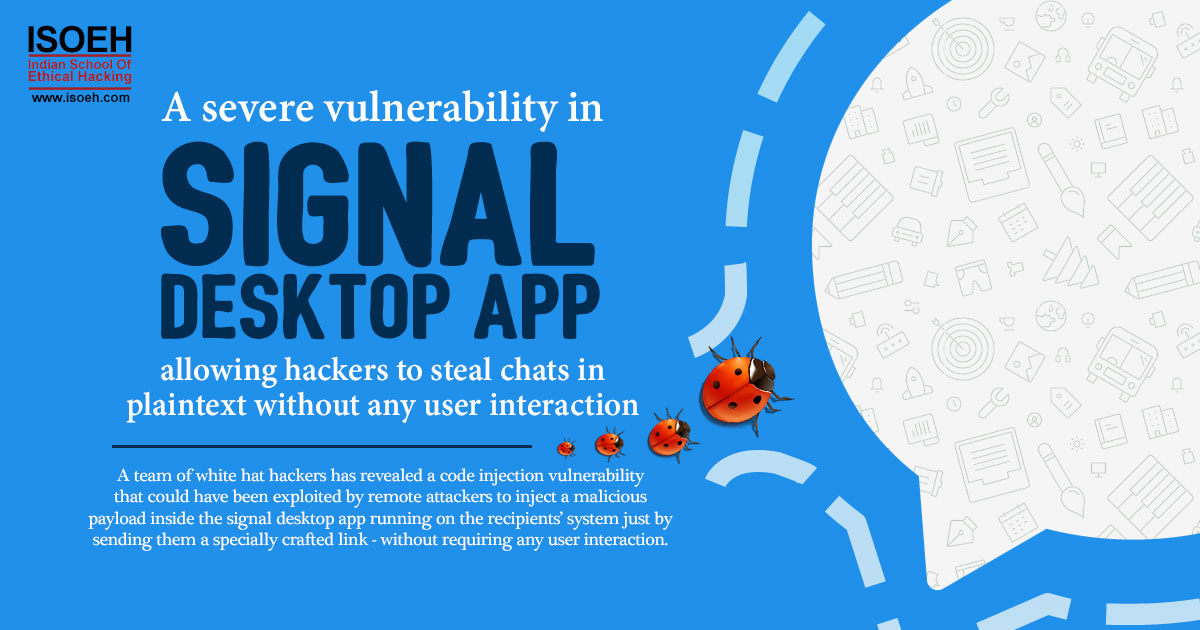
A craftsman needs the appropriate skills and tools to work in a brace to create a masterpiece. While tools are a principal facilitator in the process of creating the best piece of work possible, the process also requires pertinent experience and expertise by the craftsman. Alike a craftsman's toolbox, a penetration tester's toolbox has an extensive variety of pen tester tools to work according to business objectives. Let us discuss some of the best free pen tester tools available.
It's important to note that there is no direct collation between these tools. The utilization of these tools depends on the type of assessment a penetration tester is executing. These tools work to complement each other and help the pen tester in performing an integrated security evaluation.
1. Fiddler:
Category: Proxy server application
Fiddler is a freeware web proxy tool that is browser and platform sceptic. It has several characteristics that can help a penetration tester. It helps users to debug web traffic from any system (works with almost all operating systems on PCs) smartphone or tablet. From a pen tester tools viewpoint, Fiddler is mainly used to intercept and decrypt HTTPS traffic. As the name states, users can fiddle with and inspect that traffic to identify vulnerabilities in the application at hand.
2. Nmap:
Category: Port scanner
The full form of Nmap is 'Network Mapper.' It is used as an open-source, free application for network scanning. It utilizes IP packets for auditing the network. Nmap also offers a horde of options to scan a single IP, port, or host to a range of IPs, ports, and hosts. It can also be used to scan a subnet, identify the services that are running on hosts, control the OS versions in which the remote hosts are running, and find out vulnerabilities and security holes. It is a very strong tool. The output and information can provide a precursor to penetration testing attempts.
3. Wireshark:
Category: Web vulnerability scanner
Wireshark is an industry-standard network protocol analysis tool. This tool fundamentally captures data packets moving within a network and displays them back to the end-user in a human-readable form. Wireshark let the users capture data via Ethernet, Wi-Fi, Npcap adapter, Bluetooth, and token ring to name a few. It even permits users to capture data from USB-attached network interfaces through USBPcap. Wireshark also comes as a console version with the name 'tshark.'
4. Metasploit:
Category: Vulnerability exploitation framework
The Metasploit Framework imparts a series of tools to perform penetration testing on a system. This multi-purpose hacking framework is widely used by penetration testers to exhume vulnerabilities on different platforms, collect information on the present vulnerabilities, and test against the restoration defenses in place. The Metasploit Framework is an open-source project backed by more than 200,000 developers, making it a sturdy framework for penetration testing, executing exploit strategies, testing against the restoration defenses submit place, conducting research, and contributing to an active database of vulnerabilities.
5. Nikto:
Category: Web vulnerability scanner
Nikto is another tool that is very famous within the penetration testing community. It is also an open-source penetration tester tool available under GPL. Nikto offers manifold options within its interface to run against a host. It checks a host to find potential vulnerabilities such as server misconfiguration, insecure host files and programs, old-fashioned programs that might pose risk, and version-specific issues that create a risk to the server. Nikto is available on OS X by MacNikto.
6. John the Ripper:
Category: Password cracking
John the Ripper (often referred to as 'John' or JTR) is a very famous password-cracking tool. JTR is mainly used to execute dictionary attacks to identify weak password vulnerabilities in a network. JTR is an offline password cracker that can be entreated locally or remotely. It also braces brute force and rainbow crack attacks.
7. Burp Suite:
Category: Net Scanner
One key use of the Burp Suite is to expropriate all requests and responses between the browser and the target application. The free version is also useful for bringing about a proof-of-concept cross-site request forgery (CSRF) attack for any request. There's also the application-aware crawler that can be utilized to plan out application contents. A paid version unlocks even more varied characteristics.
8. OpenVAS:
Category: Vulnerability scanner
OpenVAS is a vulnerability scanner that was bifurcated from the last free version of Nessus since the tool went proprietary in 2005. The free version of Nessus today works only in non-enterprise environments. For security audit grounds, Nessus remains a famous vulnerability scanner, yet, enterprise scans now require a license fee of about $2,000 a year. With OpenVAS, a user can carry out a number of vulnerability scans and create exportable reports focussing on exhaustive scans to create security strategies.
9. Aircrack-ng:
Category: Password cracking
Aircrack-ng is a suite of wireless password cracking tools for the 802.11a/b/g family of wireless networks that reinforce raw monitoring (rfmon) mode. It apprehends network traffic in monitor mode. As soon as enough data is captured, it runs cracking algorithms to recover WEP and WPA keys. The Aircrack-ng suite contains various tools such as Airodump-ng (a packet capturing program), Airsnort-ng (an encryption key cracker), Aireplay-ng (for traffic generation), and Airdecap-ng (a captured file decryption tool).
10. Kismet:
Category: A packet sniffer
With increasing incidents of wireless LAN hacking, Kismet has become a prime tool for identifying intrusion and packet sniffing on the 802.11 a/b/g families of WLAN that assist in raw monitoring (rfmon) mode. Kismet is an excellent lightweight tool that works in passive mode to identify the access points and client SSIDs over wireless networks. These SSIDs and access points can be mapped together to recognize any concealed networks or non-beaconing networks. Kismet also allows logging traffic in a Wireshark-compatible format for additional analysis.
Automated solutions are completely changing the landscape of penetration testing tools with better efficacy and turnaround time. Significantly continuous research and development are going on to make more reliable and user-friendly tools. These tools do not connect the underlying security vulnerabilities. Instead, they are effective in digging out common security vulnerabilities and providing suggestions for fixing those vulnerabilities. Performing a compelling penetration testing assessment does not simply mean selecting one of the tools from the list. Preferably, it means evaluating the organization, assessment information, requirements, and stakeholders involved.
Hacking Tools
Explore All Hacking Tools »
UFTP is an encrypted multicast file transfer program for secure, reliable & efficient transfer of files. It also helps in data distribution over a satellite link.
Read DetailsBreaking News
Breaking News Of Each Month »
The recent pandemic was unexpected and unknown to most part of the world. It has changed our life and we are slowly adapting to our new lifestyle. The risks associated with the new lifestyle, both personal & corporate, are unknown to most of us.
Read Details
















